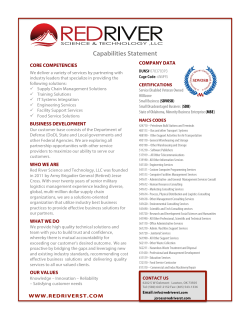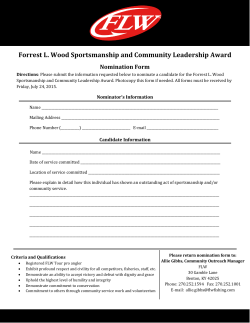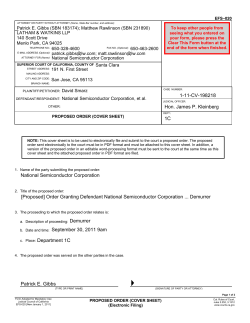
Fine Motor Skills…
Shapes, Symbols, and Scissor Skills Sequenced for Success! Workshops – Keynotes – E-Blasts – Products Presented by: Marianne Gibbs, EdD, OTR/L Gibbs Consulting, Inc. www.writeoutofthebox.com (281) 492-2936 Today’s Agenda 1. Pre-Writing Stroke Sequence by Age 2. Refresher on Prerequisites for Writing 3. Cutting Progression and Tips Shapes, Symbols, and Scissor Skills Sequenced for Success! Pre-Writing Stroke Sequence by Age (VMI) Years-Months A 2-10 3-0 (2 of them) 4-1 4-4 4-6 4-7 4-11 5-3 © 2011 Gibbs Consulting, Inc. B Notes PREREQUISITES FOR WRITING 1. Established hand dominance with coloring, drawing, or using a fork (may not be in place until 6 years old) 2. Able to cross midline 3. A functional pencil grasp 4. Able to understand directional terms; recognizes differences and similarities in forms 5. Able to use two hands in an activity 6. Able to coordinate eyes and hands together 7. Able to copy basic shapes 8. Able to maintain a proper sitting posture 9. Is oriented to print 10. Attends to task for a minimum of 1 minute 11. Mastery of letter recognition and letter sounds 12. Has an interest in writing © 2011 Gibbs Consulting, Inc. CUTTING PROGRESSION AND TIPS Sequence Progression: Media Types: Positioned for Success: Method to Track Progress: © 2011 Gibbs Consulting, Inc. Bibliography Beery, K. E. (2004). The Beery-Buktenica Developmental Test of Visual-Motor Integration (5th ed.). NCS Pearson Assessments. Kranowitz, C. S. (1998). The Out of Sync Child. New York, NY: Berkely Publishing Group. Oliver, C. (1990). A Sensorimotor Program for improving writing readiness skills in Elementary-Age Children. The American Journal of Occupational Therapy, 57. Smith-Case, J., Allen, A., & Pratt, P. (1996). Occupational Therapy for Children (3rd ed.). St. Louis: Mosby. © 2011 Gibbs Consulting, Inc.
© Copyright 2025





















